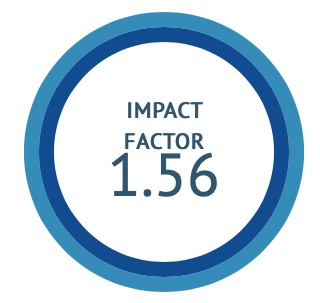A Polyherbal extract treats Streptozotocin induced Diabetes mellitus: Pharmacognostic study, HPLC analysis and in vivo antidiabetic activity
DOI:
https://doi.org/10.47552/ijam.v15i1.4257Keywords:
Polyherbal, HPLC, Morphology, In vivo antidiabetic, Beta caroteneAbstract
The plants used in study have been used traditionally for various purposes skin problems, diabetes, astringent, anti-inflammatory, antioxidant, hepatoprotective activities, anthelmintic, antipyretic, antidysentric, anti-hyperlipidemic, anticancer properties. The present study involves the evaluation of pharmacognostic parameters of the four herbal drugs (Azadirachta indica leaves, Pterocarpus marsupium heartwood, Picrorhiza kurroa rhizomes, and Withania coagulans berries and fruit coat), High performance Liquid chromatography (HPLC) as well as antidiabetic activity of polyherbal extract. The qualitative as well as quantitative analysis was done. The drug was given to Streptozotocin induced diabetic rats in doses 250 mg/kg and 500 mg/kg body weight for 21 days. In HPLC analysis it was found that major component in all the extracts was beta carotene along with hesperidin, tannic acid, catechin, ferulic acid, caffeic acid along with other polyphenolic components responsible for the antioxidant activity as well as antidiabetic activity of polyherbal extract. Rats were found to show an increase in body weight, improved blood sugar levels and hemoglobin. The liver glycogen, total proteins, serum lipid profile were restored back to normal range after using the polyherbal extract in diabetic rats. The histopathological study also shows an improvement in diabetic rats at cellular level. The results were found to be dose dependent.
Downloads
Published
How to Cite
Issue
Section
License
Copyright (c) 2024 International Journal of Ayurvedic Medicine

This work is licensed under a Creative Commons Attribution 4.0 International License.
The author hereby transfers, assigns, or conveys all copyright ownership to the International Journal of Ayurvedic Medicine (IJAM). By this transfer, the article becomes the property of the IJAM and may not be published elsewhere without written permission from the IJAM.
This transfer of copyright also implies transfer of rights for printed, electronic, microfilm, and facsimile publication. No royalty or other monetary compensation will be received for transferring the copyright of the article to the IJAM.
The IJAM, in turn, grants each author the right to republish the article in any book for which he or she is the author or editor, without paying royalties to the IJAM, subject to the express conditions that (a) the author notify IJAM in advance in writing of this republication and (b) a credit line attributes the original publication to IJAM.




